The rise of primitive sheep: Why our own Scottish sheep win top marks for milk, meat and conservation grazing
The hardy, multi-talented sheep from the Scottish isles, whose wool once kept royal legs warm, are coming into their own again as their conservation credentials and flavoursome, lean meat are being rediscovered. Kate Green reports.
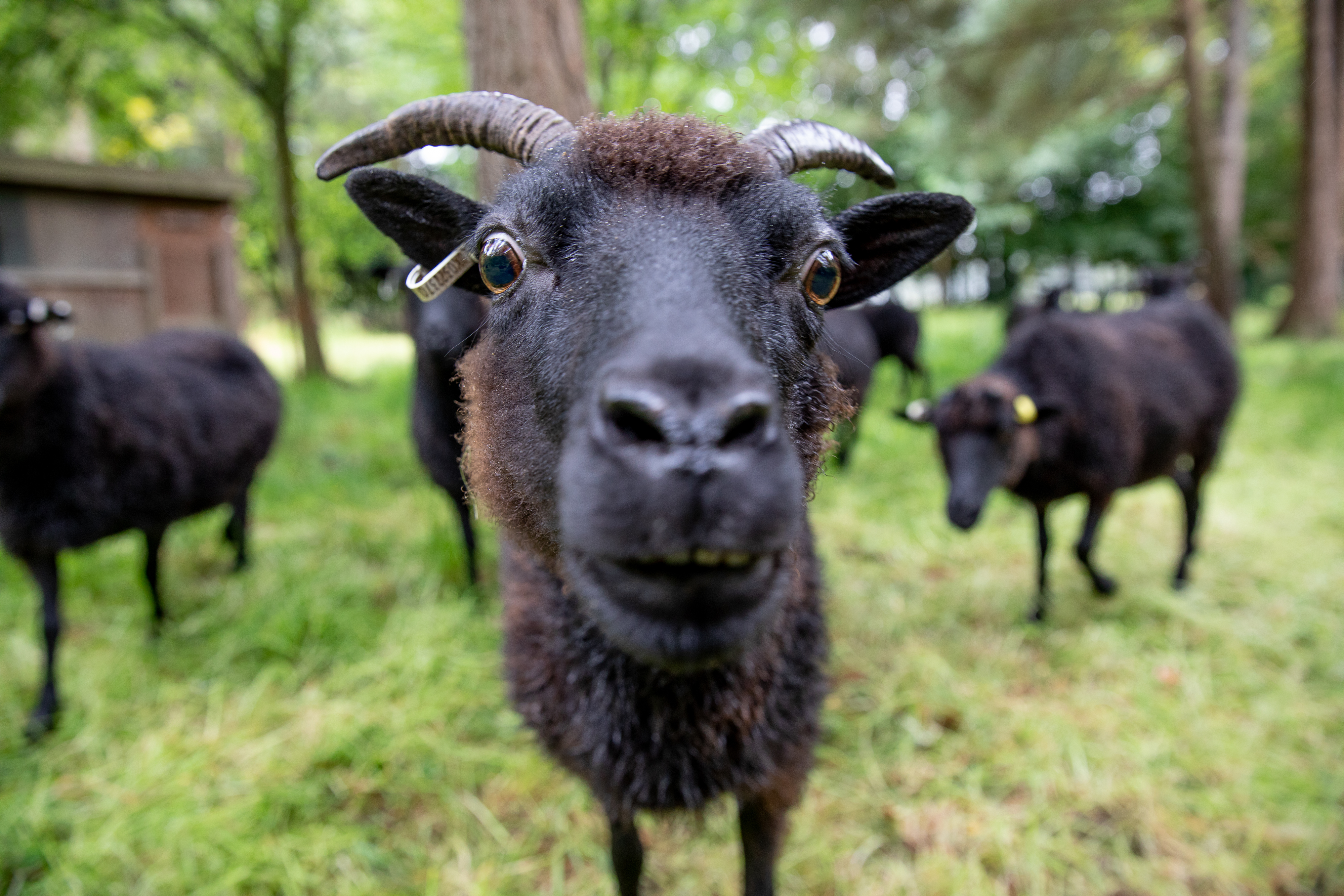

In 1791, Sir Joseph Banks wrote to Scottish agriculturalist and statistic-ian Sir John Sinclair requesting a lifetime’s supply of hosiery made from the wool of Shetland sheep: ‘Since I have had the Gout I have dealt much in warm Stockings. Pray buy me a good Lot.’
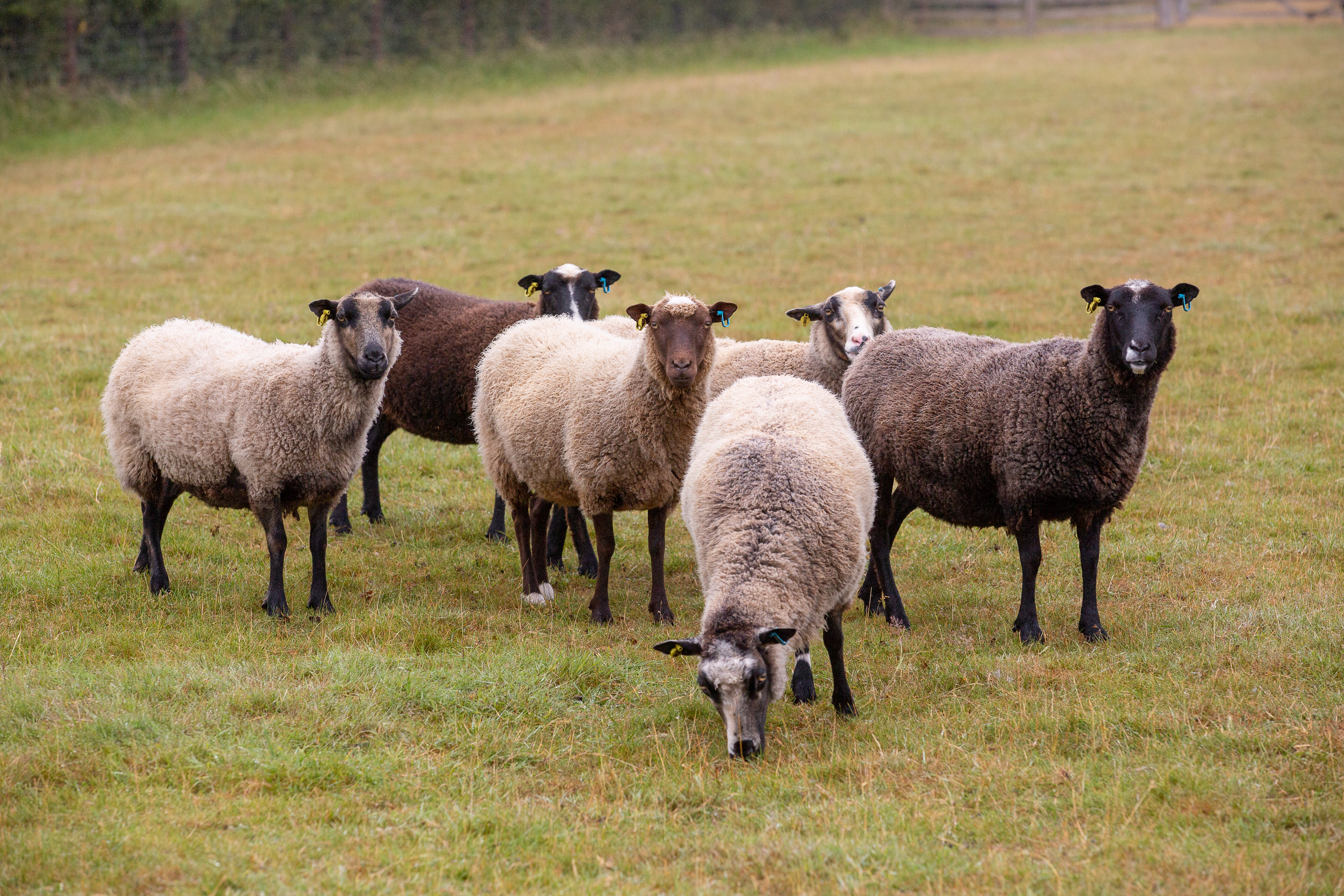
Banks famously brought back to England a kangaroo skin and numerous exotic plants; what is less well known is that he was charged by George III to produce a sheep that could compete against the Spanish Merino in the crucial currency of wool – a challenge, given that Charles of Spain had banned the export of his valuable sheep.
At the same time that Banks was smuggling Merinos through Portugal and France, he was being pestered by Sinclair, who proclaimed that Shetland wool was ‘perhaps the completest article of the kind in the universe, possessing at the same time, the gloss and softness of silk, the strength of cotton, the whiteness of linen and the warmth of wool’.
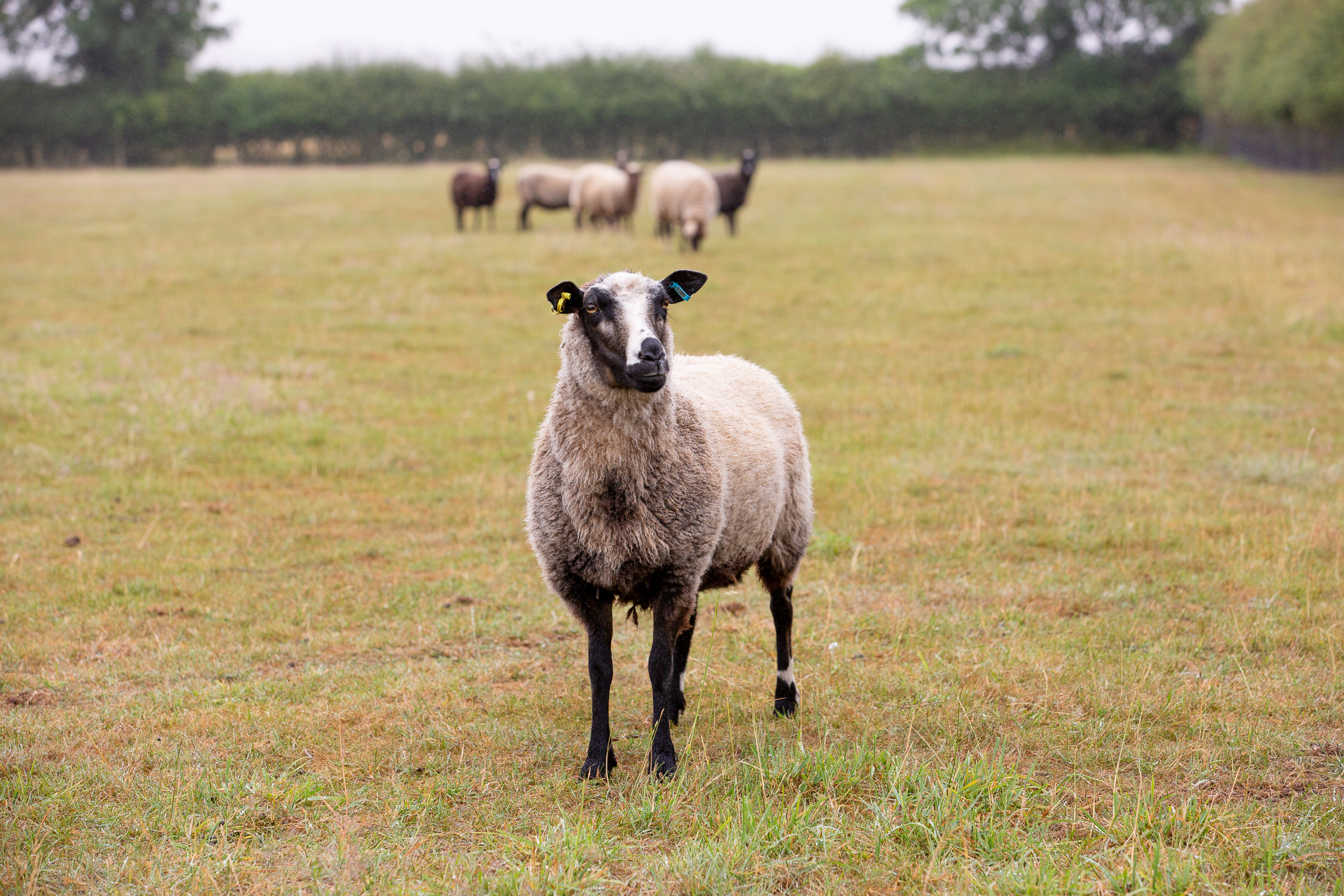
Banks stalled, demanding proof of wool free of coarse stichel hairs, and Sinclair, who had started a society to improve British wool, eventually came round to the merits of the contraband Merinos and bought thousands of them; a paper by American sheep breeder George Benedict suggests that today’s single-coated Shetlands may be the result of their subsequent experiments.
How pleased would Sinclair be, therefore, to hear that his beloved Shetland, like the Hebridean, is no longer of concern on the Rare Breed Survival Trust’s (RBST) watchlist; primitive sheep are back in fashion as light-footed, grass-fed livestock are deemed key to achieving net-zero emissions in UK agriculture (Town & Country, July 17).
'I said: “Those are the sheep for me. What are they?” I just loved their pretty faces and short waggy tails'
‘It’s testament to their commercial success that numbers have recovered,’ says RBST field officer Ruth Dalton. ‘If you make full use of these sheep, they have a lot to offer – their fleeces, their meat, their milky-ness and their usefulness in conservation grazing. We’re trying to encourage people to take on low-maintenance sheep that have a low environmental impact.’
Katie Allen’s Loopy Ewes business exemplifies this concept. She sells her lamb, and is about to experiment with mutton, through Heritage Graziers and creates colourful scarves, rugs and cushions from the fleeces. Her flock of 60 – a mix of primi-tive Castlemilk Moorits and Portlands (an ancient hill and heath sheep) – as well as 22 British White cattle, will form part of a rotational farming system on 150 acres of grassland on an arable estate at Stow-on-the-Wold, Gloucestershire.
Sign up for the Country Life Newsletter
Exquisite houses, the beauty of Nature, and how to get the most from your life, straight to your inbox.

A decade ago, Mrs Allen realised she wanted to be more aware of where her food came from. ‘I started growing vegetables and did a smallholding course, plus a workshop at Daylesford, and it was very inspiring,’ she explains. ‘People need to eat less meat, but they need better quality: British and grass-fed.’
Sir Jock Buchanan-Jardine created the pale-bellied Castlemilk Moorit by crossbreeding Manx Loaghtan, Mediterranean mouflon and moorit (lowland Scots for coffee-coloured) Shetland sheep, to produce an attractive, dainty animal that would look good grazing the parkland of his Castlemilk estate in Dumfriesshire.
‘They’re very striking to look at, like mini deer. They’re small enough for me to handle and they have an incredible chocolate-brown fleece,’ observes Mrs Allen. ‘Doing something with wool was part of what I wanted to do. There’s a resurgence in it, but it’s still a long way from paying a dividend to farmers.’

When rare-breed guru Andrew Sheppy, who headed the conservation body the Cobthorn Trust, died in a tragic accident on his Somerset farm in 2017, there was an urgent need to rehome his flocks of Hebri-dean and Soay sheep. As luck would have it, Douglas Hibbert and Damian Hallam were searching for some primitive sheep to graze their 24 acres on an SSSI on the edge of the New Forest and took them on.
The couple, dressage riders and trainers, needed browsing sheep to clear their rough grazing, some of which was waist-high in scrub and bracken. ‘We specifically wanted breeds that were tough and self-sufficient. They’ve done a brilliant job and they’re lovely to have around,’ says Mr Hallam, who comes from a Yorkshire farming family.
'We specifically wanted self-sufficient sheep. They’ve done a brilliant job and are lovely to have around'
The uniformly black and striking Hebrideans are endearingly tame – ‘when we first had them, they weren’t bucket-trained. They were like cats and you could only touch them when they wanted’ – but the skittish, deer-like Soays, company for Leo, Mr Hibbert’s retired grand-prix horse, would have none of it in a somewhat chaotic photocall. ‘I’ve only managed to touch one once, when it was limping – I got it in a corner and pounced,’ says Mr Hallam, ‘only to find there was nothing wrong with it.’
He explains that Soays, rough-grazing specialists from the Inner Hebrides (soay is Norse for ‘sheep island’), don’t work as lawnmowers: ‘They’re not into lush grass and they’d rather starve than eat hay, but they will eat the bark of your lovely trees.’
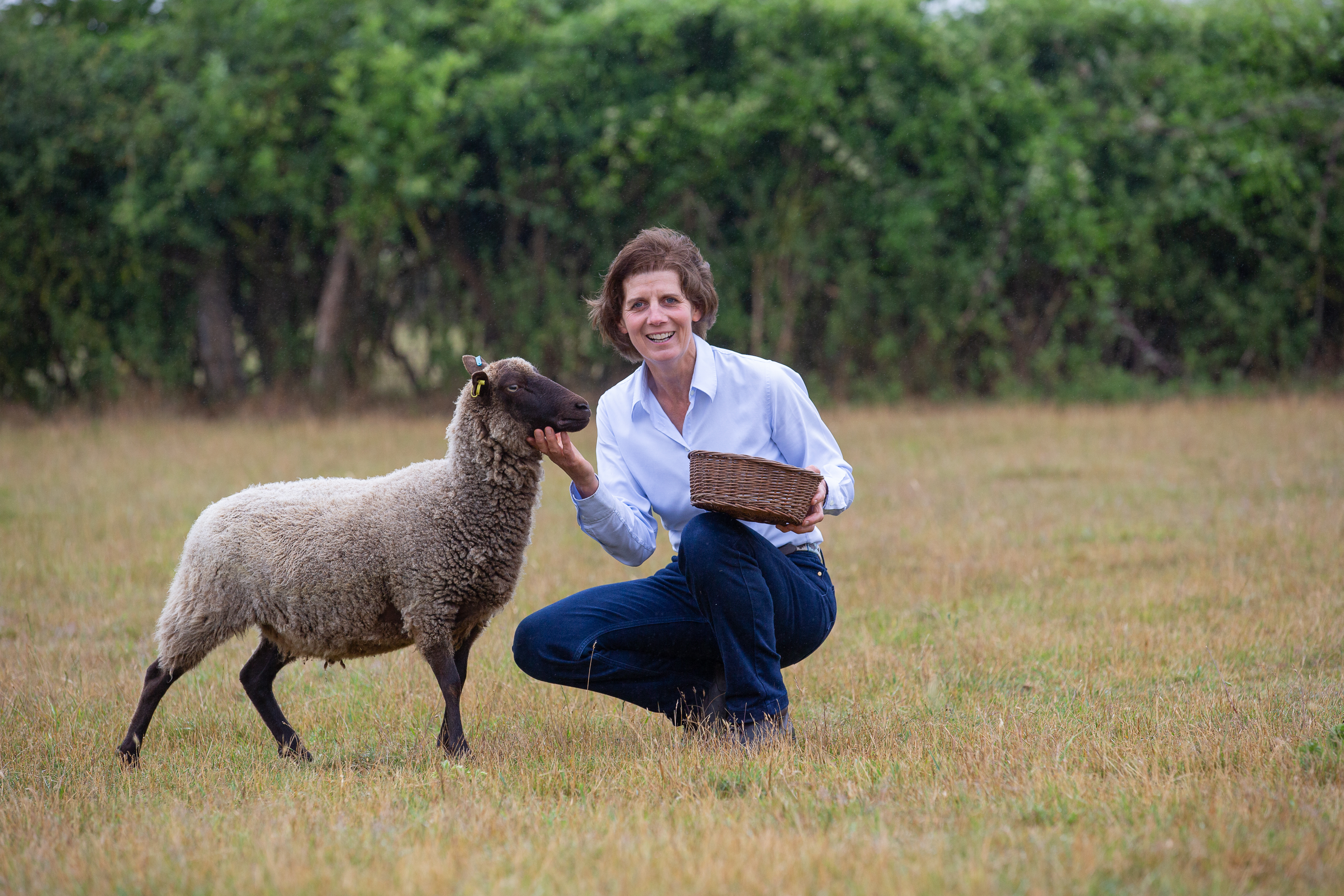
For Janie Uloth, choosing a sheep breed to graze her Hampshire grassland was a Goldilocks-like process: she contemplated Dorset Horns and South Dorsets (‘too big’) and Welsh Balwens (‘too flighty’) before discovering Shetlands (‘just right’).
Her eight ewes – Black Beauty, Racing Stripe, Moorland Mousie, Wonky Socks, Chocolate, Splodge, Pink Nose and Black Nose – typify the breed’s delightful, wide varieties of shade and markings, which include panda eyes and the colour palette of a frothy cappuccino. She plans to put them to a ram later this year and, like most hardy native breeds, they should lamb naturally.

‘The grass was getting beyond the ponies and I borrowed some commercial mules for one summer, but they all had foot rot and were too big for me to handle,’ explains Mrs Uloth. ‘Then, I went to buy some chickens from a smallholding and there were the Shetlands. I said: “Those are the sheep for me. What are they?”
‘I just loved their pretty faces and their short waggy tails that don’t need dagging,’ she adds. ‘Because they’re all so different, if one is lame, I can pick it out and, because they’re small and friendly, I can look after them without help.’These ancient British breeds are even being talked about in Westminster.
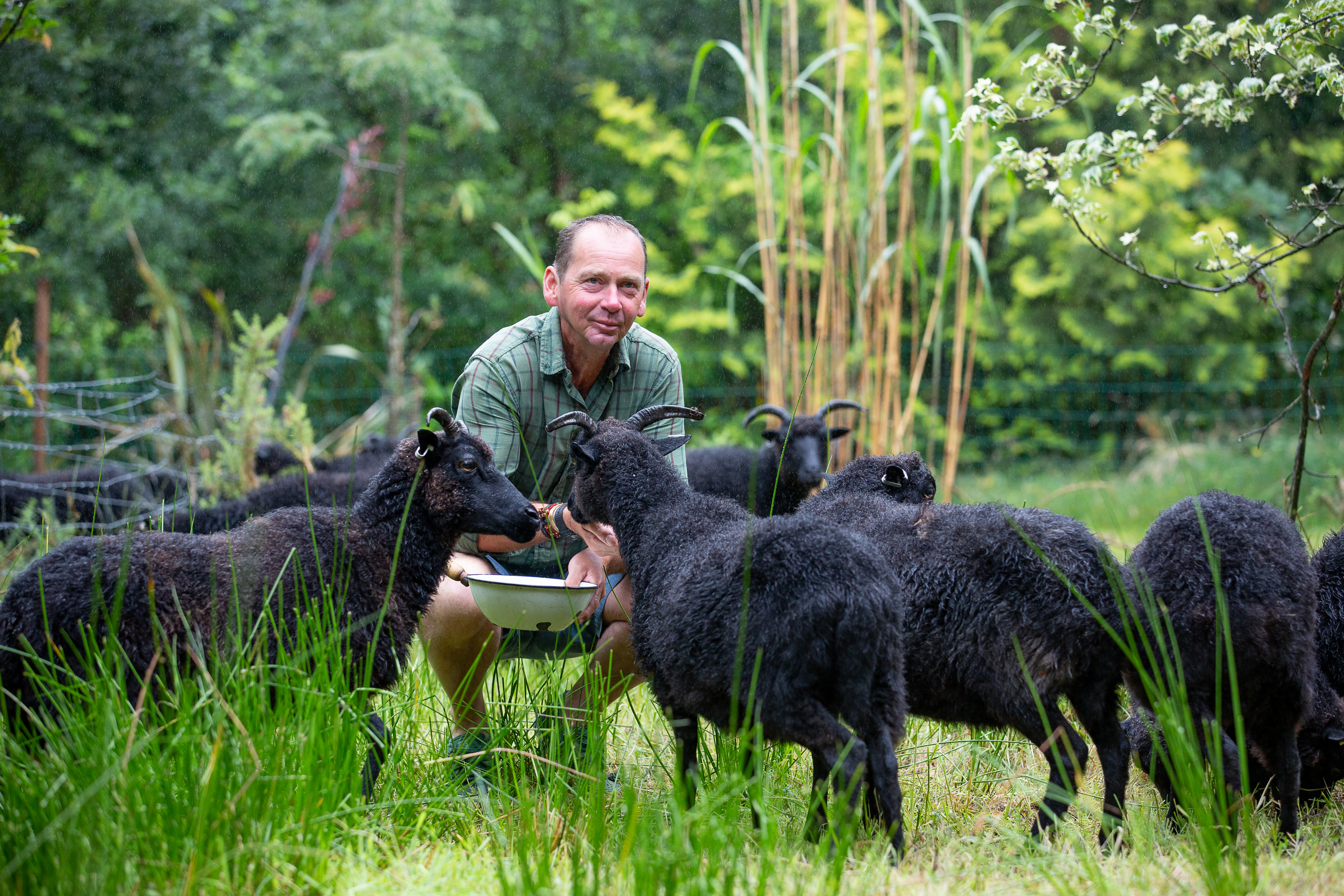
The Cornish Conservative MP George Eustice, whose family owns the country’s largest herd of British Lop pigs, is calling for rare and native breeds of domestic animal to be classified as ‘a crucial public good’ in the forthcoming Agriculture Bill, which will set out laws for post-Brexit farming support.
‘Defra already supports genetic diversity in crops through projects such as the National Fruit Collection at Brogdale, the National Pea Collection and the Millennium Seed Bank,’ Mr Eustice observes. ‘It’s time for diversity in farm-animal genetics to be placed on the same footing.’
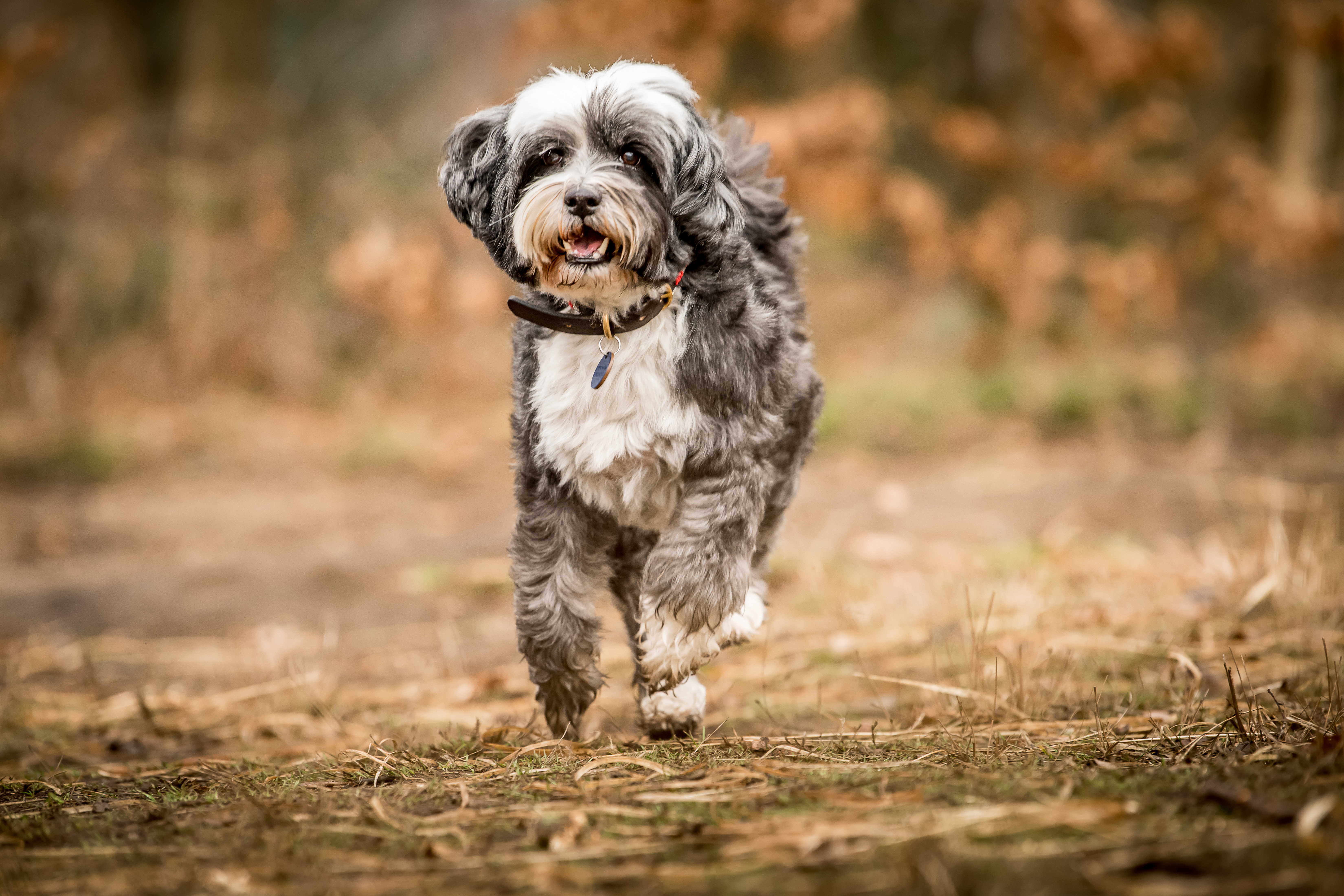
Tibetan terriers: Friend to the famous, lovably lively and perhaps the Kennel Club's best-kept secret
They have a starry following, but characterful Tibetan terriers are still a well-kept secret. Emma Hughes meets the best dog
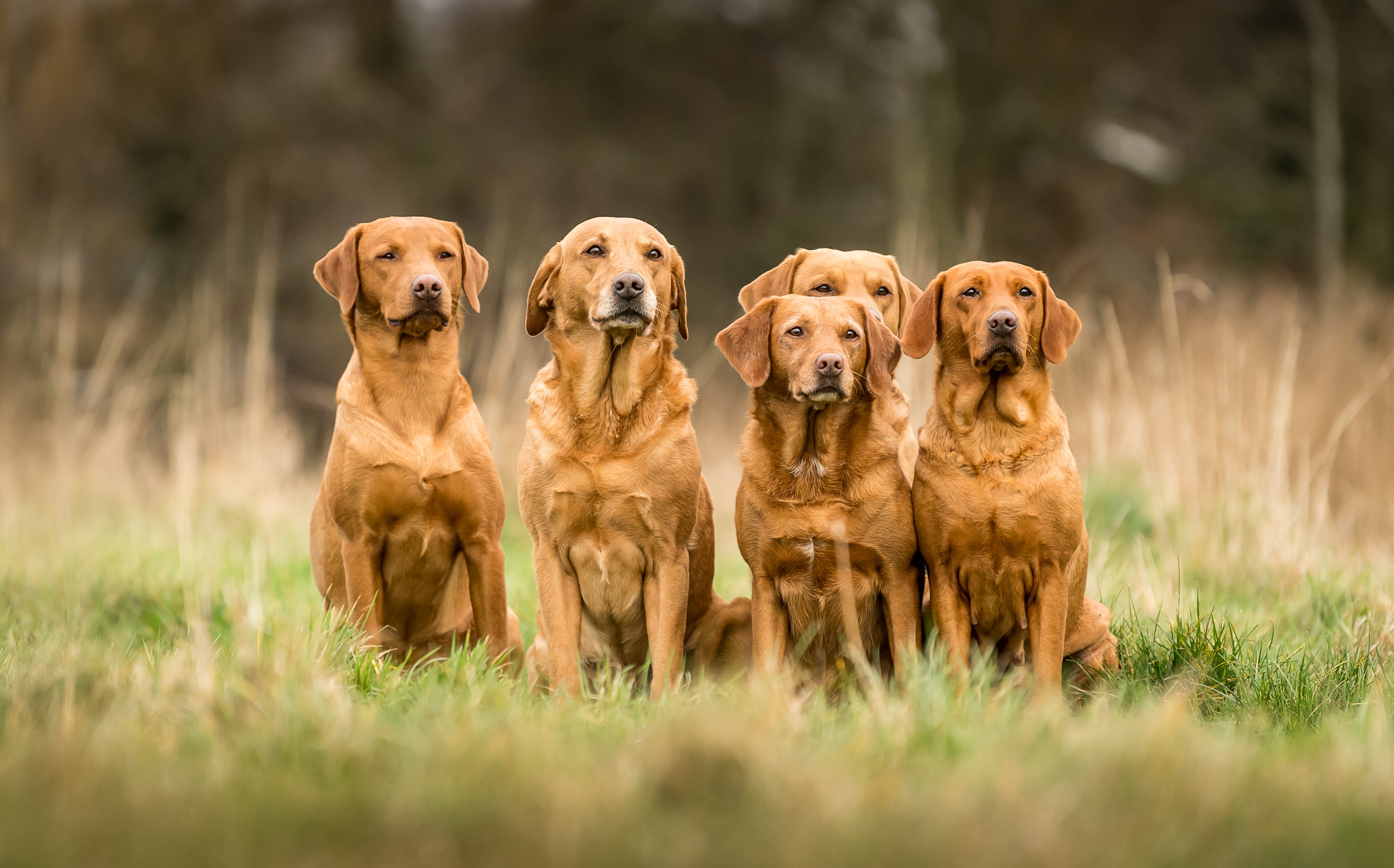
Credit: Sarah Farnsworth/Country Life
Fox-red labradors: Why red is the new black
From russet red to ever-so-slightly blushed, the fox-red is growing in popularity across the country sporting world. However, the gundog
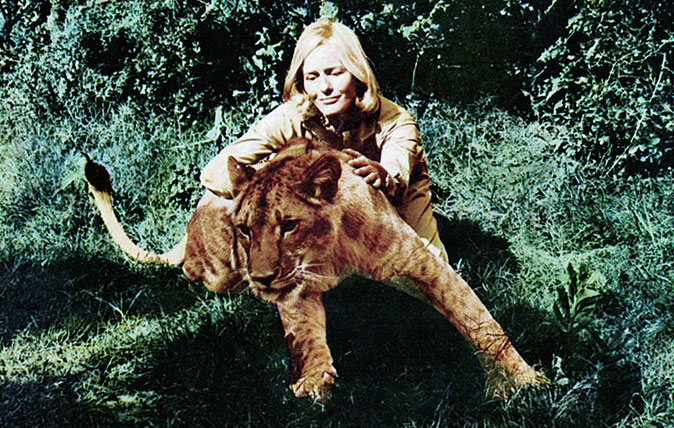
15 fascinating things about animal actors, from dogs and cockroaches to the penguin who was fired out of a cannon
Animal ‘actors’ are often remembered long after their human co-stars. Flora Watkins meets people who’ve worked with ravens, stags, dogs,
-
 Some of the finest landscapes in the North of England with a 12-bedroom home attached
Some of the finest landscapes in the North of England with a 12-bedroom home attachedUpper House in Derbyshire shows why the Kinder landscape was worth fighting for.
By James Fisher
-
 The Great Gatsby, pugs and the Mitford sisters: Country Life Quiz of the Day, April 16, 2025
The Great Gatsby, pugs and the Mitford sisters: Country Life Quiz of the Day, April 16, 2025Wednesday's quiz tests your knowledge on literature, National Parks and weird body parts.
By Rosie Paterson